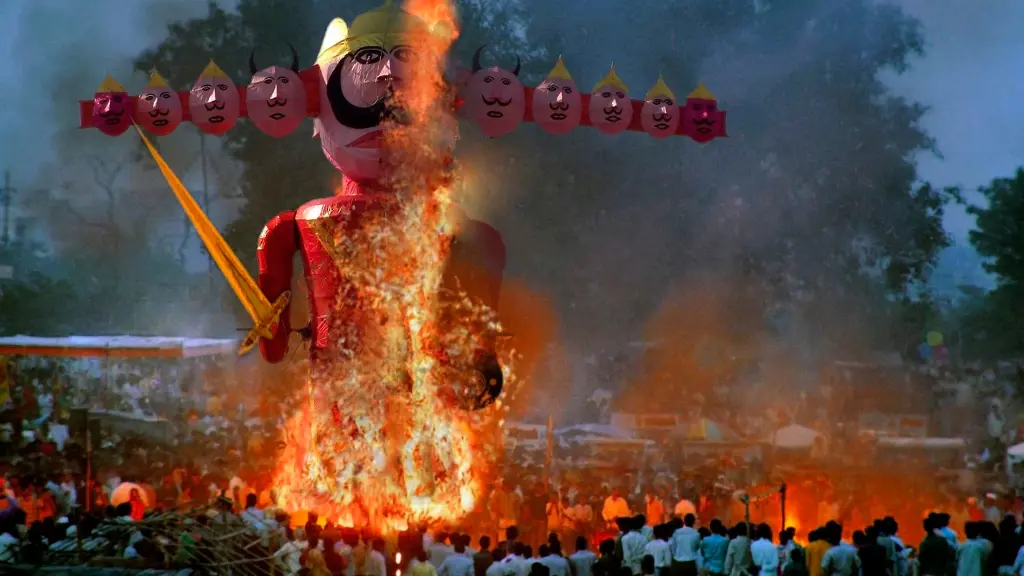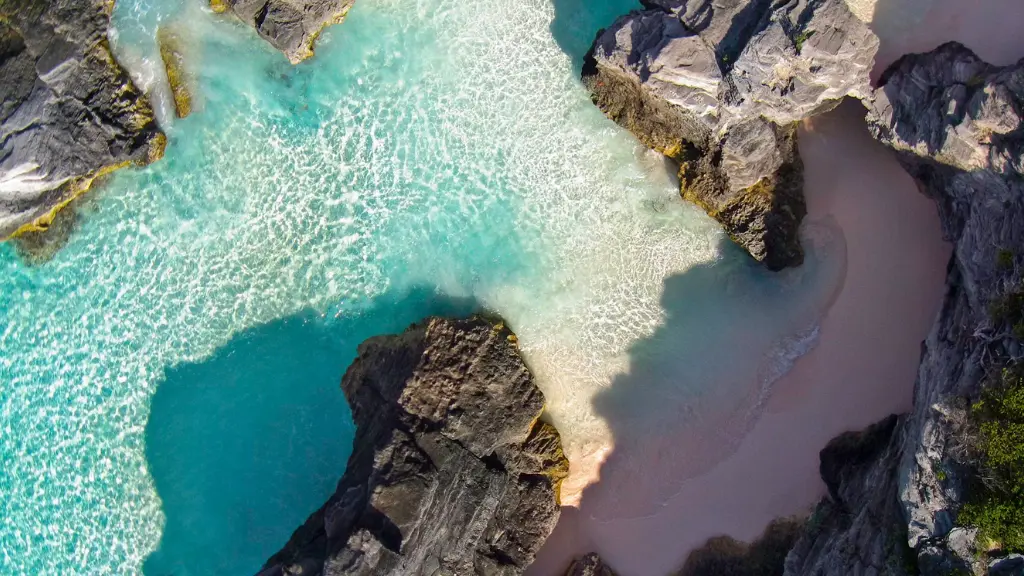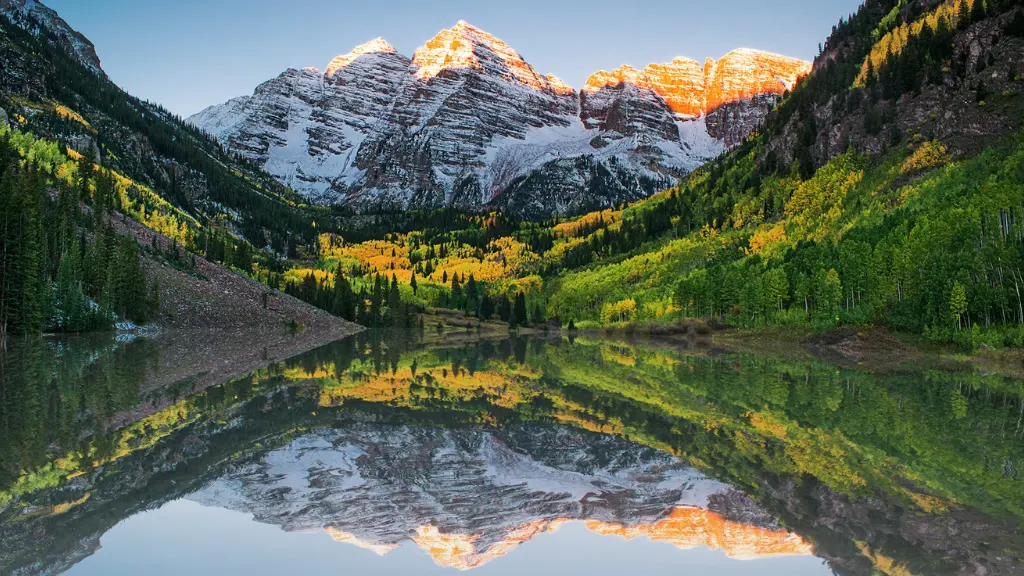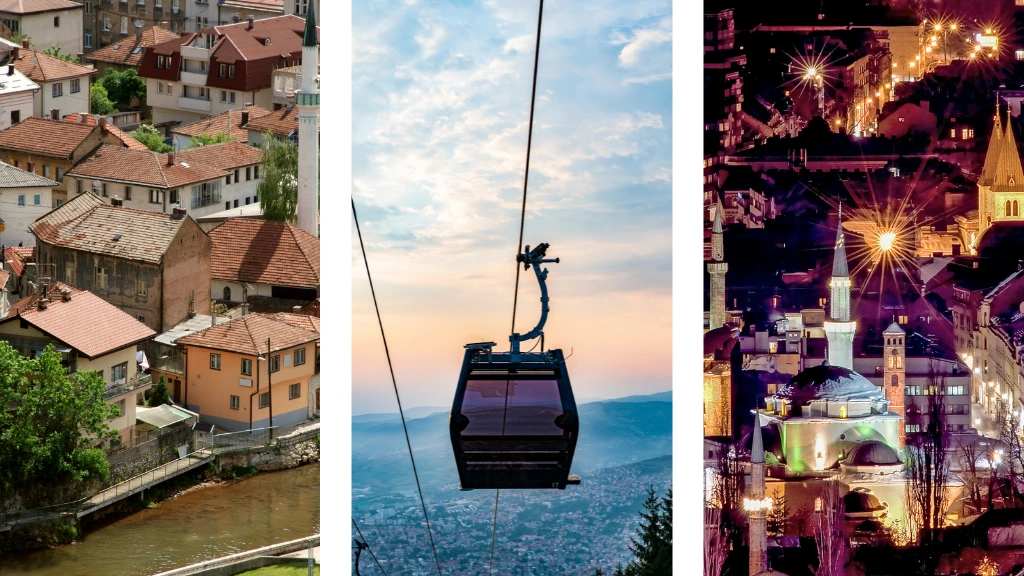India is a vast country with diverse climates, landscapes, and cultural experiences. Choosing the best time to visit depends on your interests, whether you’re seeking adventure in the Himalayas, exploring historic cities, or relaxing on tropical beaches.
India’s weather varies dramatically across the country, making certain times of the year more favorable depending on where you plan to travel. This guide will walk you through India’s seasons, offering insight into what each one has to offer.
You May Also Like: When to Visit Toulouse: A Seasonal Guide for Every Traveler
Winter (October to February): The Peak Tourist Season
Why Go in Winter?
Winter is widely regarded as the best time to visit most of India. The weather is cool, pleasant, and perfect for sightseeing and outdoor activities. Northern India, which can be unbearably hot in summer, becomes a cool paradise, while southern coastal regions offer perfect beach weather.
Top Destinations in Winter:
- Rajasthan: Explore the royal forts and palaces of Jaipur, Udaipur, and Jodhpur in ideal weather conditions.
- Delhi & Agra: Visit the Taj Mahal in Agra and experience Delhi’s bustling markets and historic sites in cool temperatures.
- Goa: Enjoy vibrant beach parties and cultural festivals like the Goa Carnival.
- Kerala: Cruise through the serene backwaters or relax on the beaches without the intense tropical heat.
- Himalayan Foothills: Head to destinations like Rishikesh, Dharamshala, and Shimla for stunning mountain views without snowstorms.
Events & Festivals:
- Diwali (October/November): The Hindu festival of lights, celebrated across the country.
- Pushkar Camel Fair (November): An extraordinary cultural event in Rajasthan.
- Goa Carnival (February): A colorful festival with parades, music, and food.
Things to Note:
This is peak tourist season, so expect higher prices and larger crowds. It’s essential to book accommodation and transportation in advance.
Spring (March to April): A Time for Festivities and Exploration
Why Go in Spring?
Spring in India brings warm but not scorching temperatures, making it a great time to visit central and southern regions. It’s also festival season, which adds a special cultural flair to any visit.
Top Destinations in Spring:
- Varanasi: Experience the spiritual aura of this holy city along the Ganges River.
- Rajasthan Desert: The pleasant temperatures make it a perfect time for a desert safari or camping under the stars.
- Tamil Nadu & Kerala: Explore ancient temples, vibrant culture, and nature in southern India.
Events & Festivals:
- Holi (March): The Festival of Colors, celebrated with vibrant powder and water across the country.
- Mewar Festival (April): Held in Udaipur, this festival celebrates spring with lively processions and music.
Things to Note:
Temperatures will begin to rise as April progresses, especially in northern India. Plan early morning or evening activities to avoid the heat.
Summer (May to June): Adventure in the Hills or Coastal Escapes
Why Go in Summer?
Summer in India can be extremely hot, with temperatures soaring to over 40°C (104°F) in many parts. However, the hill stations of northern India and the cooler southern coasts offer a refreshing escape.
Top Destinations in Summer:
- Himachal Pradesh & Uttarakhand: Visit popular hill stations like Manali, Shimla, or Mussoorie for hiking, adventure sports, and cool climates.
- Ladakh: A high-altitude desert in the Himalayas, Ladakh offers breathtaking landscapes and Buddhist monasteries. It’s accessible from late May to September.
- Kerala & Tamil Nadu: The coastal breeze keeps the heat bearable, and you can enjoy Kerala’s houseboat cruises or Tamil Nadu’s rich cultural heritage.
Events & Festivals:
- Mount Abu Summer Festival (May): Celebrates the culture of Rajasthan’s only hill station with boat races, traditional dances, and fairs.
Things to Note:
Be prepared for intense heat in most of India’s central and northern regions. Stick to the mountains or coasts to avoid the worst of the temperatures.
Monsoon (July to September): A Time for Lush Landscapes and Quiet Retreats
Why Go in Monsoon?
Monsoon rains sweep across India, transforming the landscape into a lush, green paradise. This is an excellent time for budget travelers, as prices drop and tourist spots are less crowded. It’s also a time when nature lovers can appreciate the country’s stunning flora and fauna.
Top Destinations in Monsoon:
- Kerala: Monsoon transforms Kerala into a tropical paradise with waterfalls, lush hills, and Ayurvedic treatments that flourish in the wet season.
- Meghalaya: Known as the wettest place on earth, Meghalaya’s living root bridges and caves are stunning in monsoon.
- Western Ghats: The hills and tea plantations of the Western Ghats come alive with fresh greenery.
Events & Festivals:
- Onam (August/September): Kerala’s harvest festival featuring boat races, dances, and feasts.
- Janmashtami (August): A Hindu festival celebrating the birth of Lord Krishna with plays and devotional songs.
Things to Note:
Some regions, particularly in the north, may experience flooding or heavy rains, which can affect travel plans. However, destinations like Kerala and the Western Ghats are mesmerizing during this season.
Conclusion:
India is a year-round destination, with something to offer in every season. Whether you want to experience the vibrant festivals of winter, the colors of Holi in spring, the cool mountain retreats in summer, or the lush green landscapes during the monsoon, planning your trip based on the season is key to enjoying all that India has to offer.










